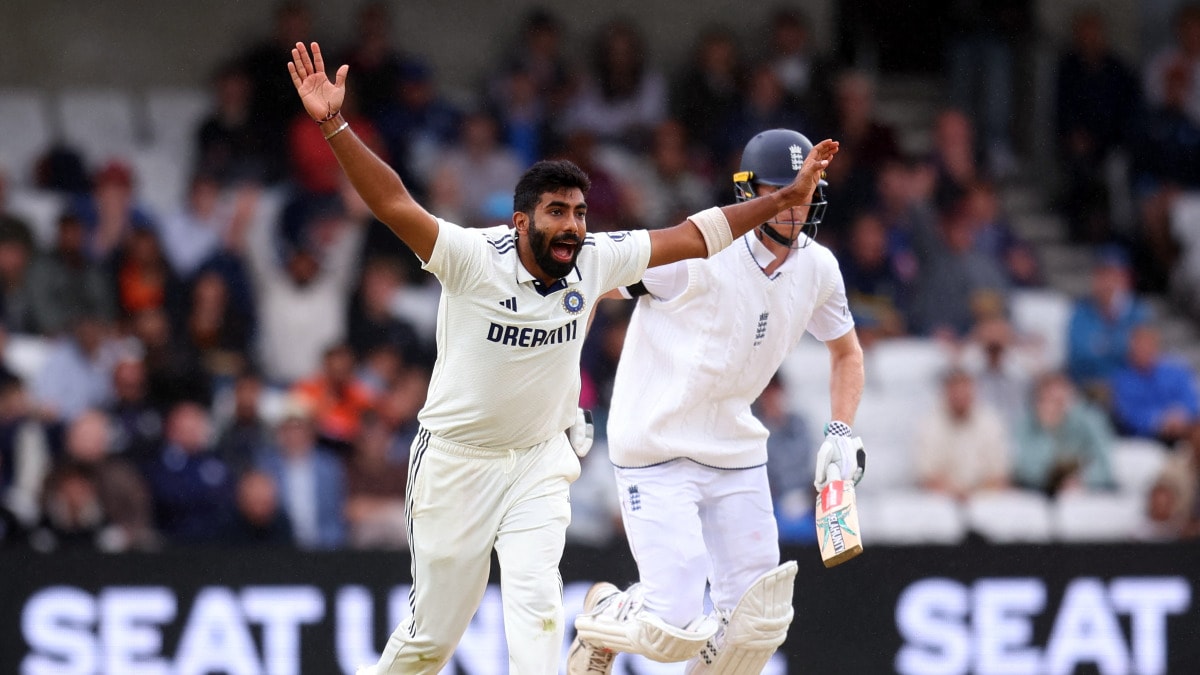

The recent Test series between India and England has ignited debate, not just about on-field performances, but also regarding strategic decisions made off the field. A focal point of discussion has been the handling of Jasprit Bumrah's workload and the public announcement of his limited participation in the five-match series. India's head coach, Gautam Gambhir, has found himself under scrutiny, particularly for what some perceive as a lack of secrecy surrounding Bumrah's plans.
Before the series commenced, it was widely known that Bumrah, India's pace spearhead, would only be playing three of the five Tests due to workload management. This decision, while aimed at preserving Bumrah's fitness, has been questioned by former cricketers and analysts alike. The primary concern revolves around whether it was necessary to publicize this plan, potentially handing England a strategic advantage.
Aakash Chopra, a former Indian opener, has openly questioned Gambhir's approach. Chopra argued that keeping Bumrah's availability a secret could have introduced an element of uncertainty in the minds of the English batsmen and the team management. Knowing that Bumrah would not be available for all five Tests, England could potentially tailor their strategies, including pitch preparation, to exploit his absence. Chopra suggested that India could have kept Ben Stokes and his team guessing, thereby maintaining a psychological edge.
Gambhir, however, has defended the decision, emphasizing the importance of managing Bumrah's workload given the amount of cricket the team is scheduled to play. He reiterated that the decision was made before the tour began, keeping in mind Bumrah's long-term fitness and availability. Following India's loss in the first Test at Headingley, Gambhir firmly stated that there would be no change in plans and the 31-year-old would indeed play just three Tests. Shubman Gill, the captain, echoed this stance, stating that Bumrah's participation would be assessed on a match-by-match basis.
The debate has further intensified following India's defeat in the first Test. Bumrah, despite taking a five-wicket haul in the first innings, went wicketless in the second, which contributed to England successfully chasing down a target of 371. This performance disparity has led to questions about India's reliance on Bumrah and the lack of support from other bowlers. Some critics argue that if Bumrah is not at his best, the Indian bowling attack lacks the depth and experience to consistently trouble high-quality batting lineups.
Former cricketers like Dilip Vengsarkar have expressed shock over reports of Bumrah potentially being rested for the second Test, especially considering the week-long gap between the first and second matches. Vengsarkar also highlighted the importance of fielding, pointing out that dropping numerous catches in the first Test severely hampered India's chances of victory.
Despite the criticism, there's also recognition of the need to protect Bumrah from potential injuries. His history with back problems, including a stress reaction that sidelined him earlier in the year, underscores the importance of careful workload management. The Indian team management is walking a tightrope, balancing the need to win matches with the long-term preservation of their star bowler.
Ultimately, the decision to publicize Bumrah's availability remains a point of contention. While Gambhir's intentions might be rooted in player welfare and long-term planning, the move has opened the door for debate about strategic advantages and the psychological impact on both the Indian team and their opponents. As the series progresses, the effectiveness of this strategy, and the performance of the Indian bowling attack in Bumrah's absence, will be closely scrutinized.